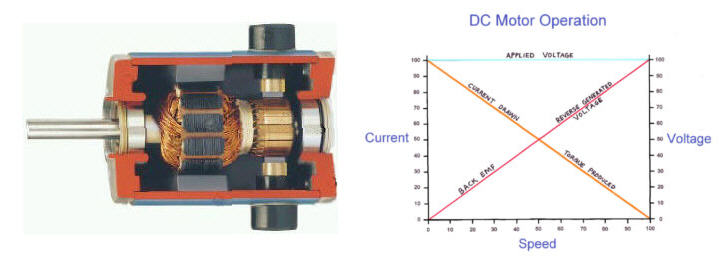Dragon is Right.
Bugler,
Dragon is right. Learn the little steps (lessons) first. The larger, more powerful designs will grow from these.
Peter
Bugler,
Dragon is right. Learn the little steps (lessons) first. The larger, more powerful designs will grow from these.
Peter

Comment